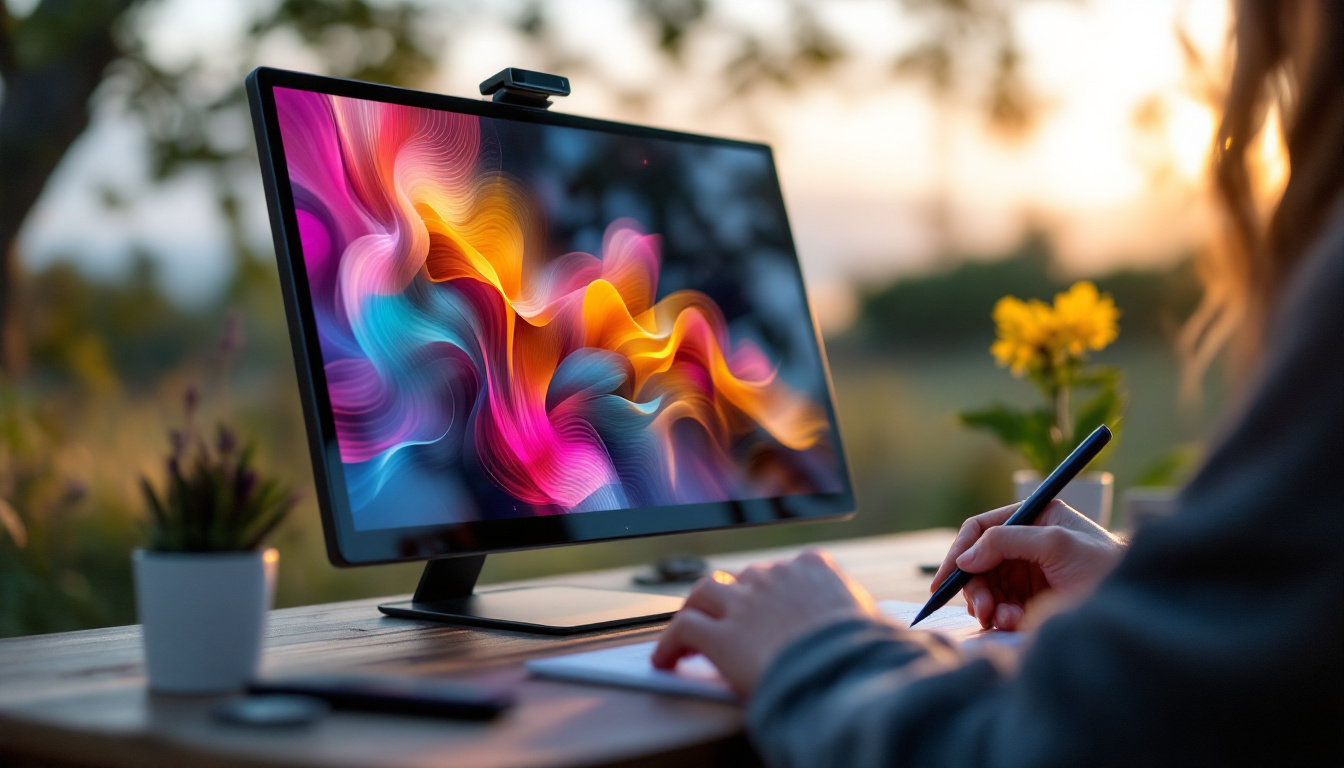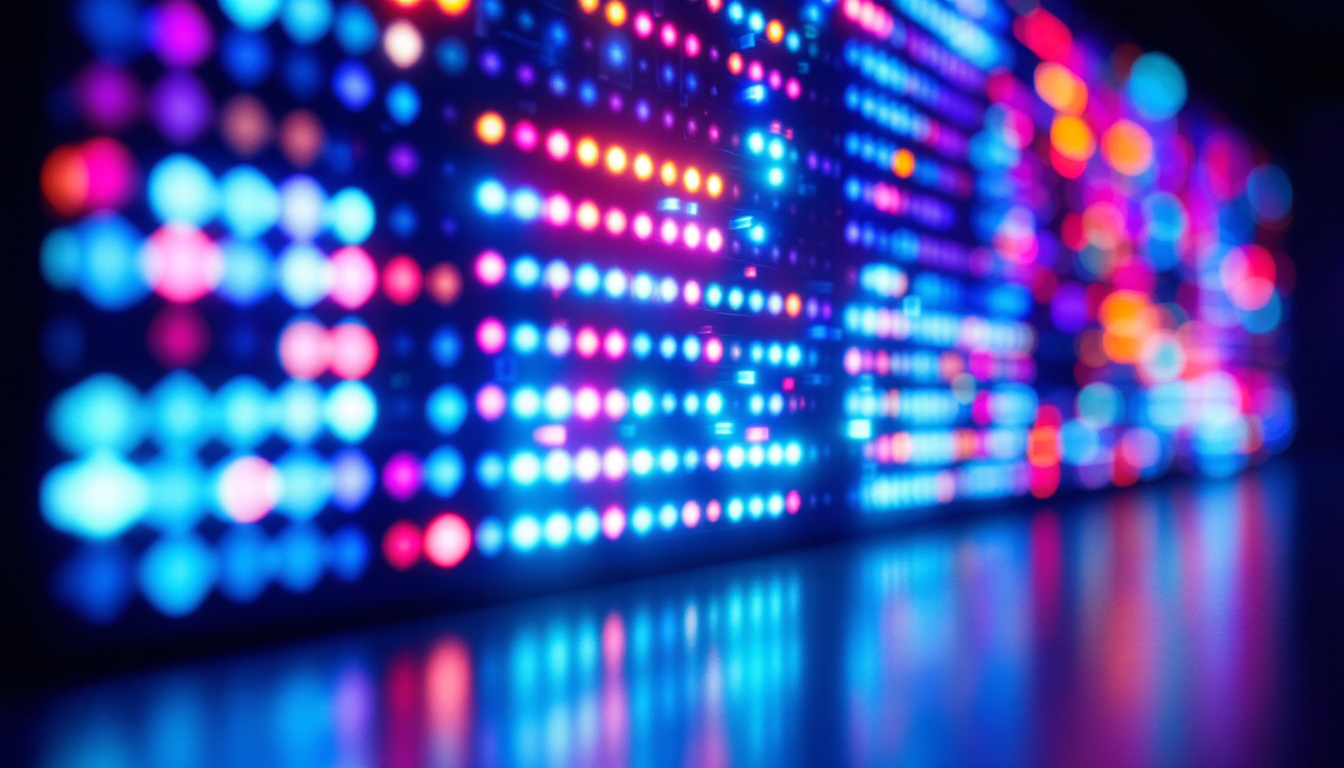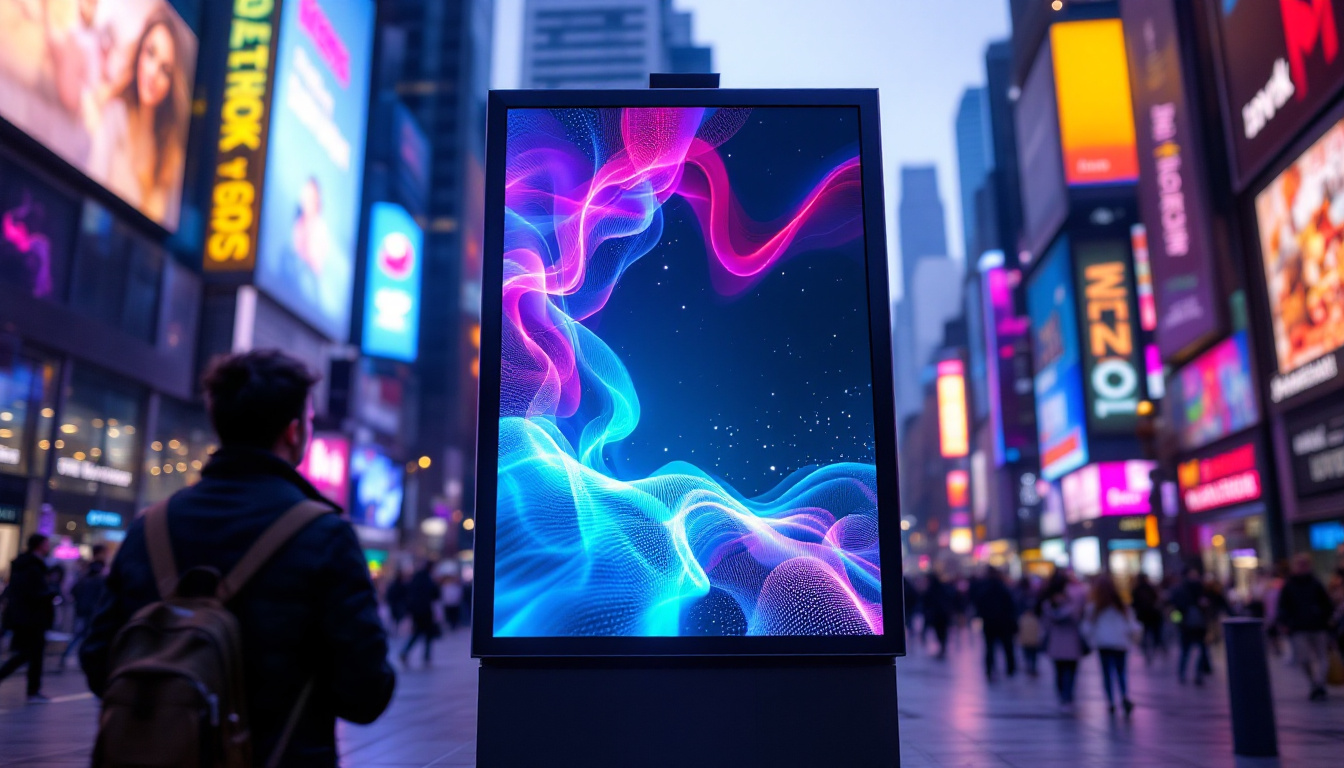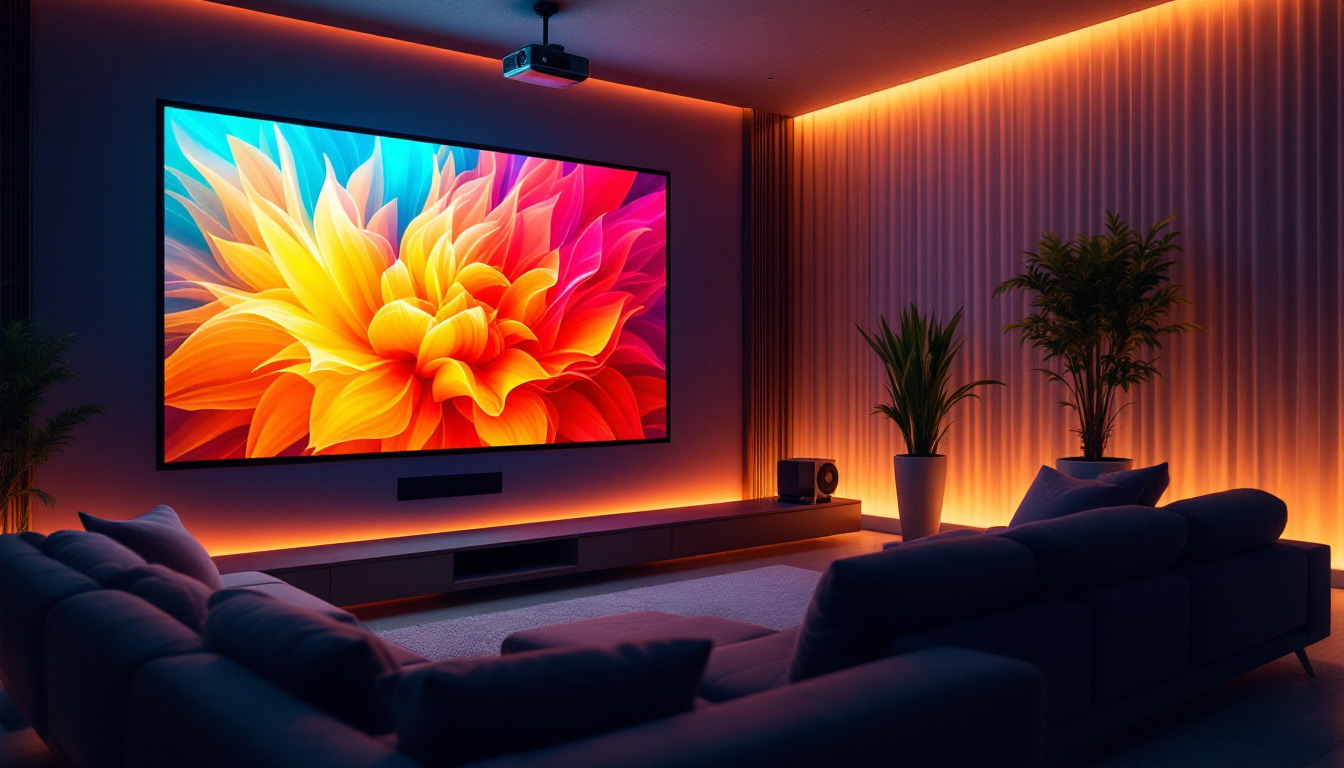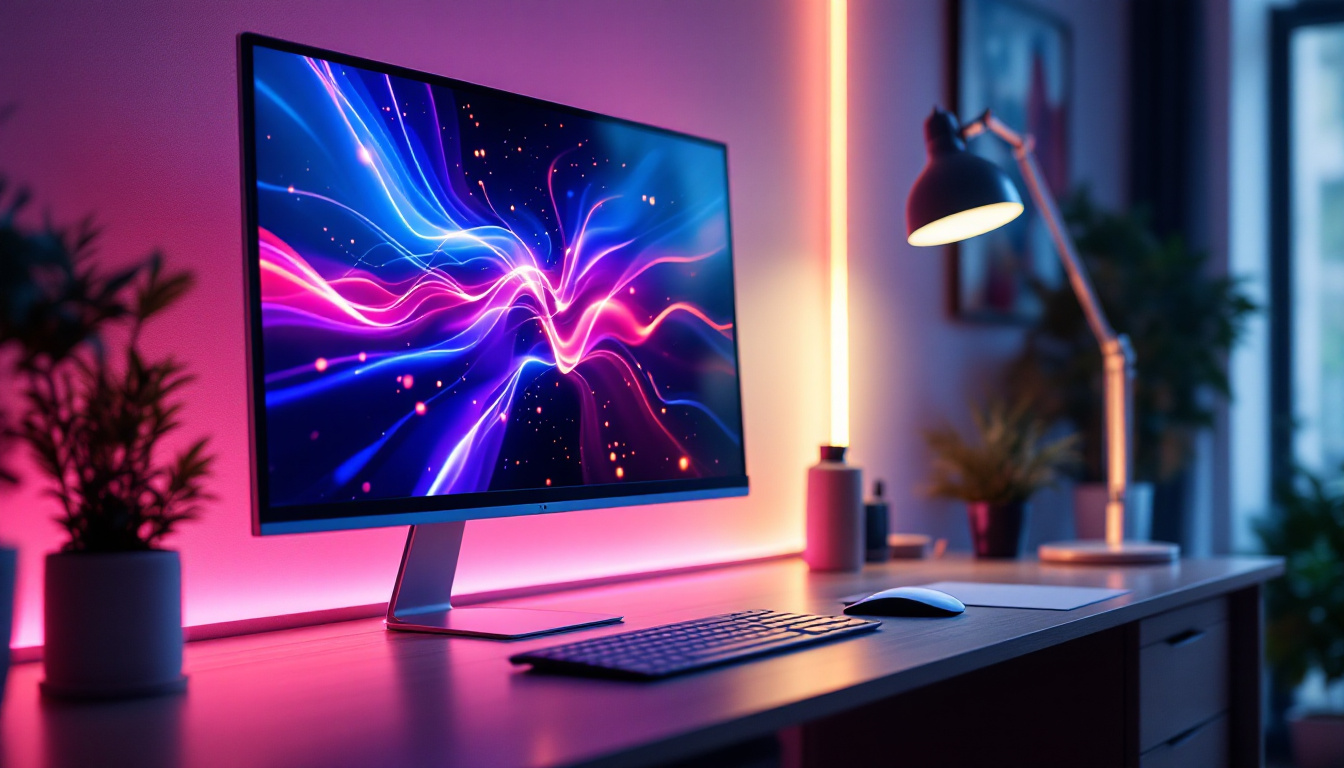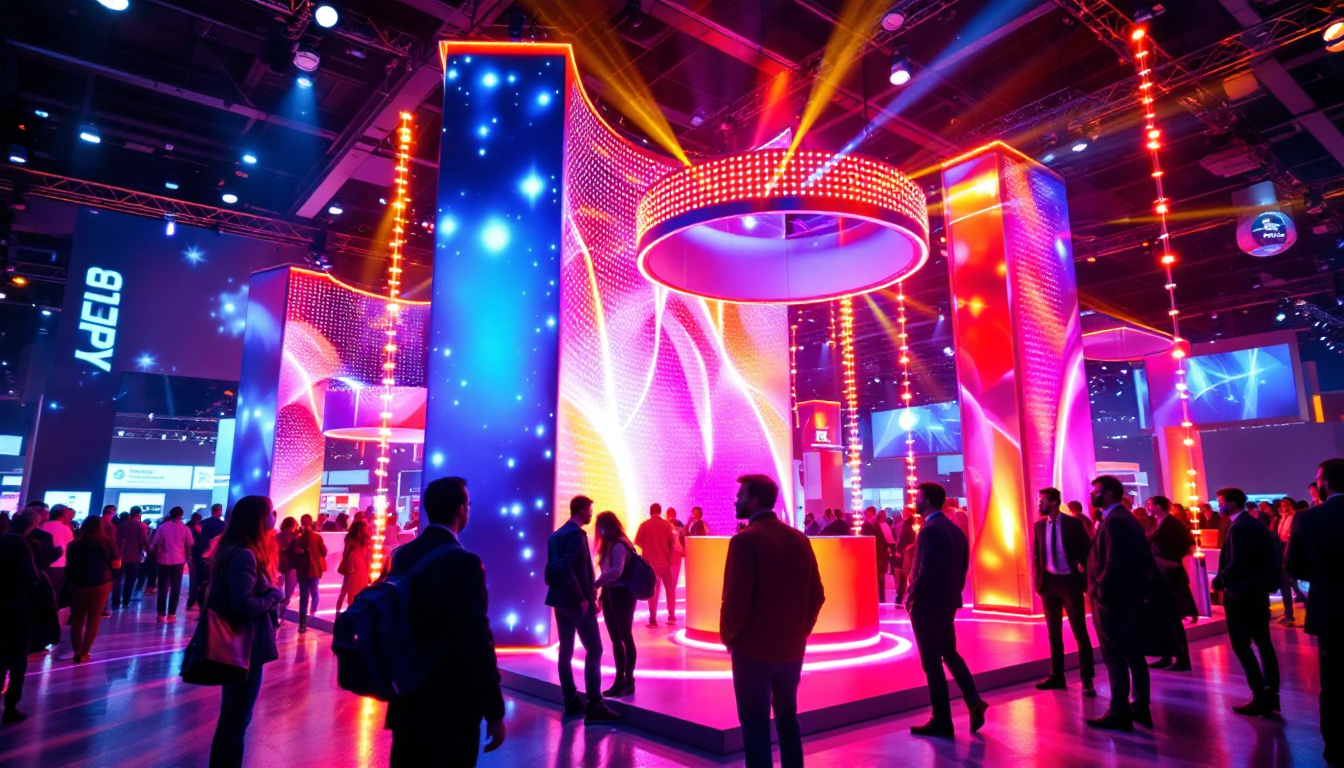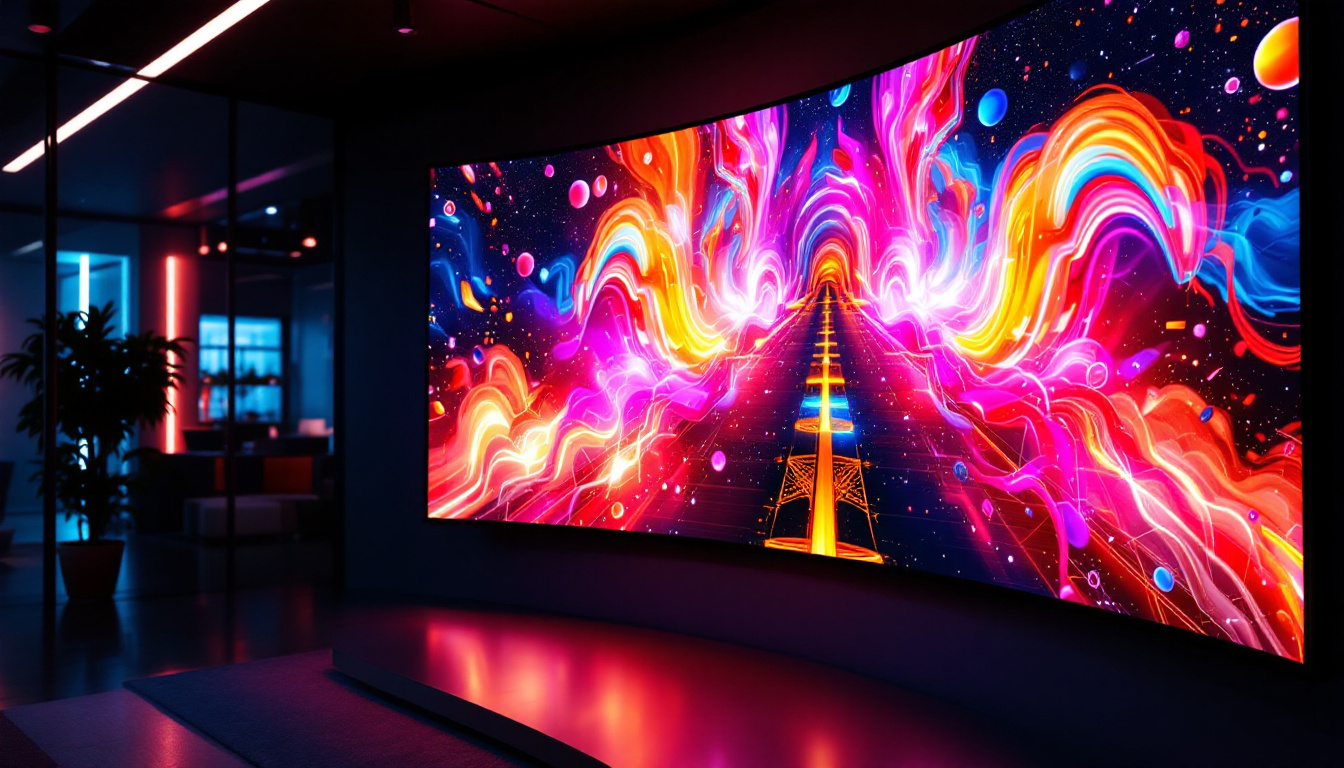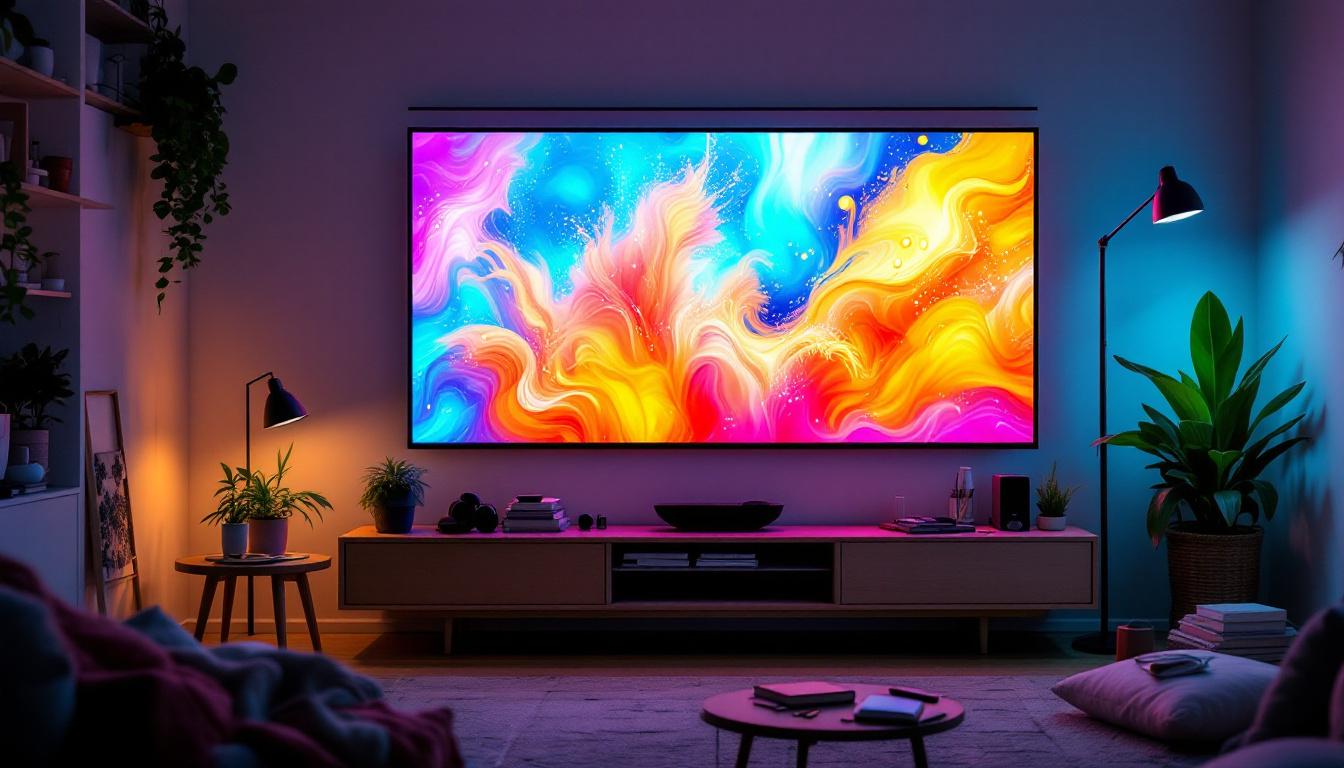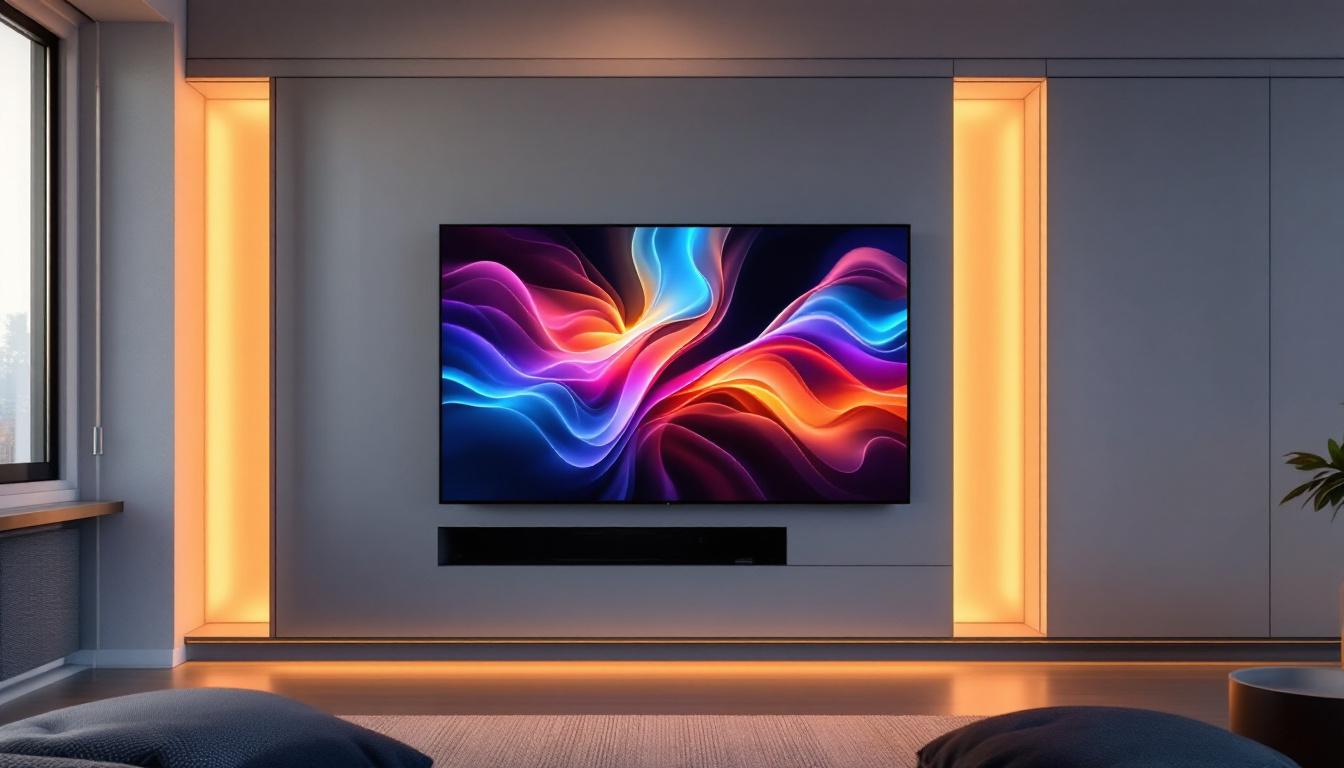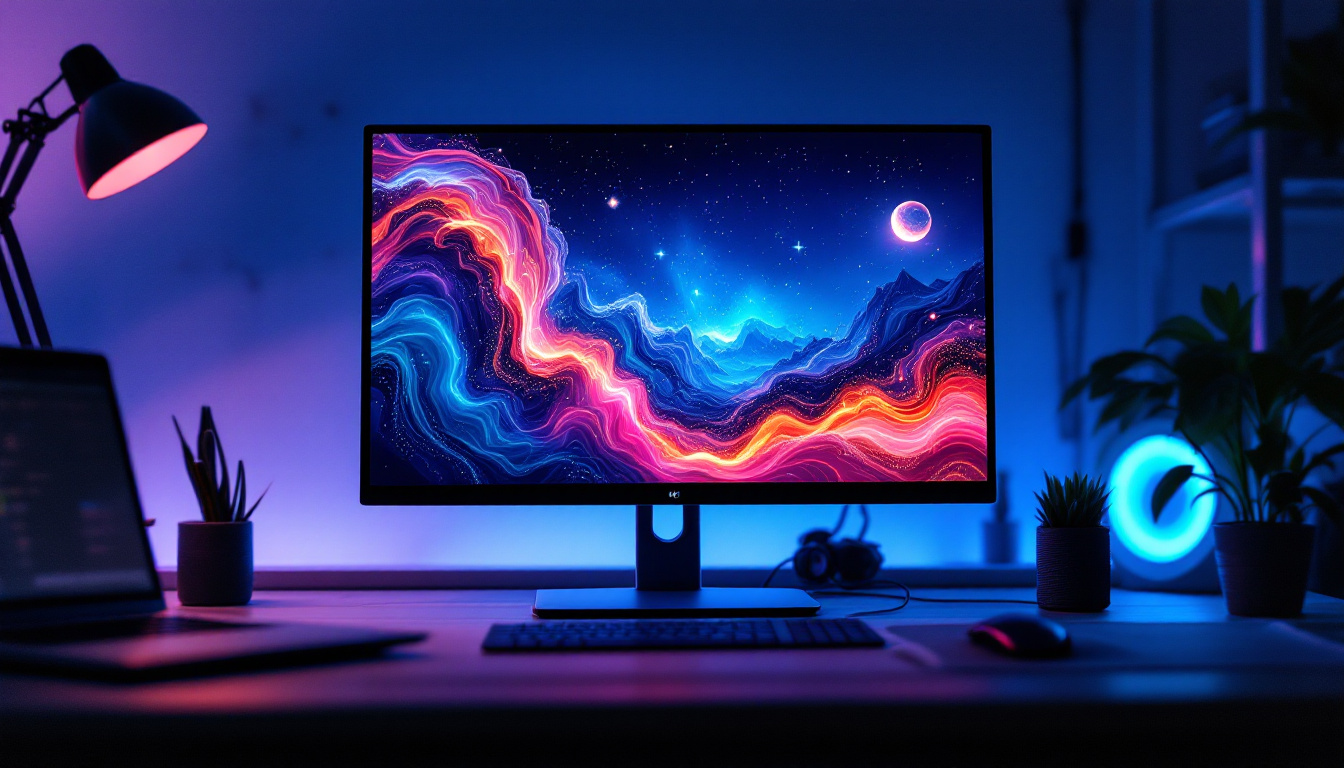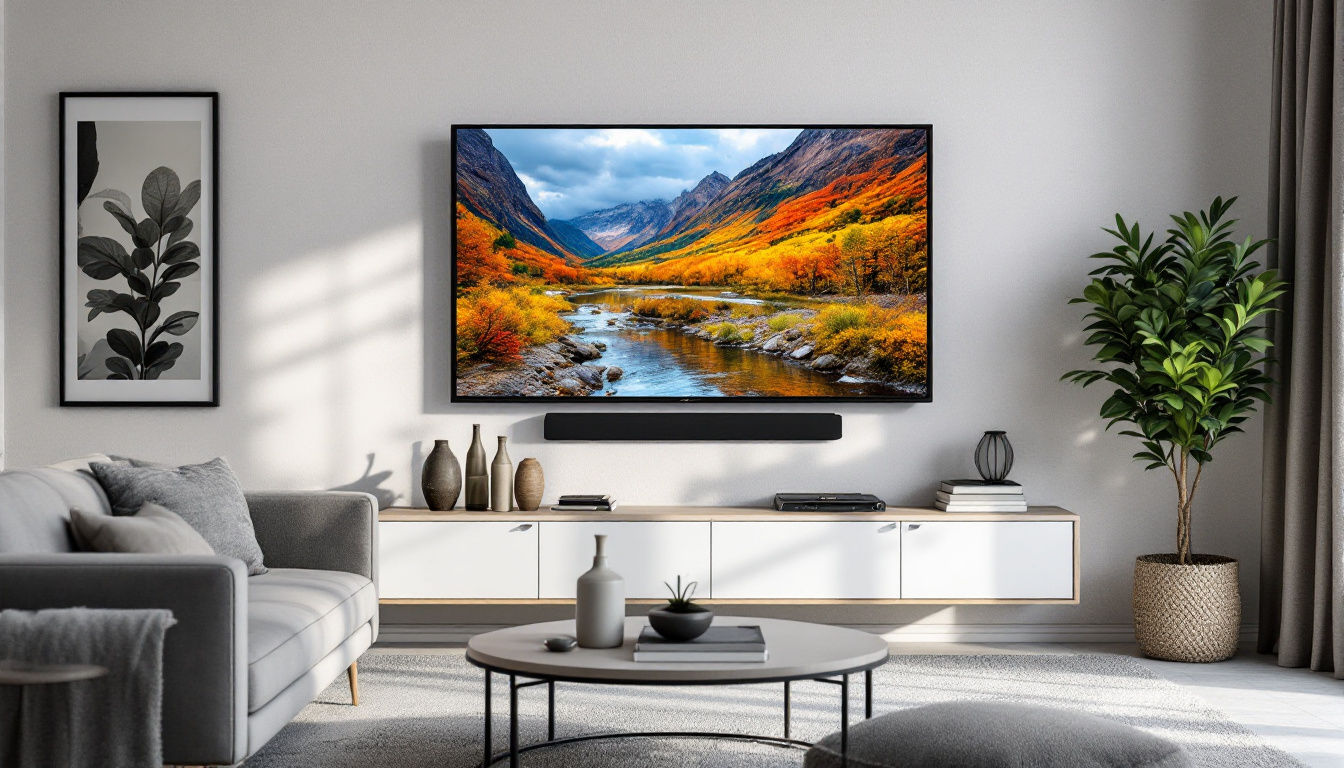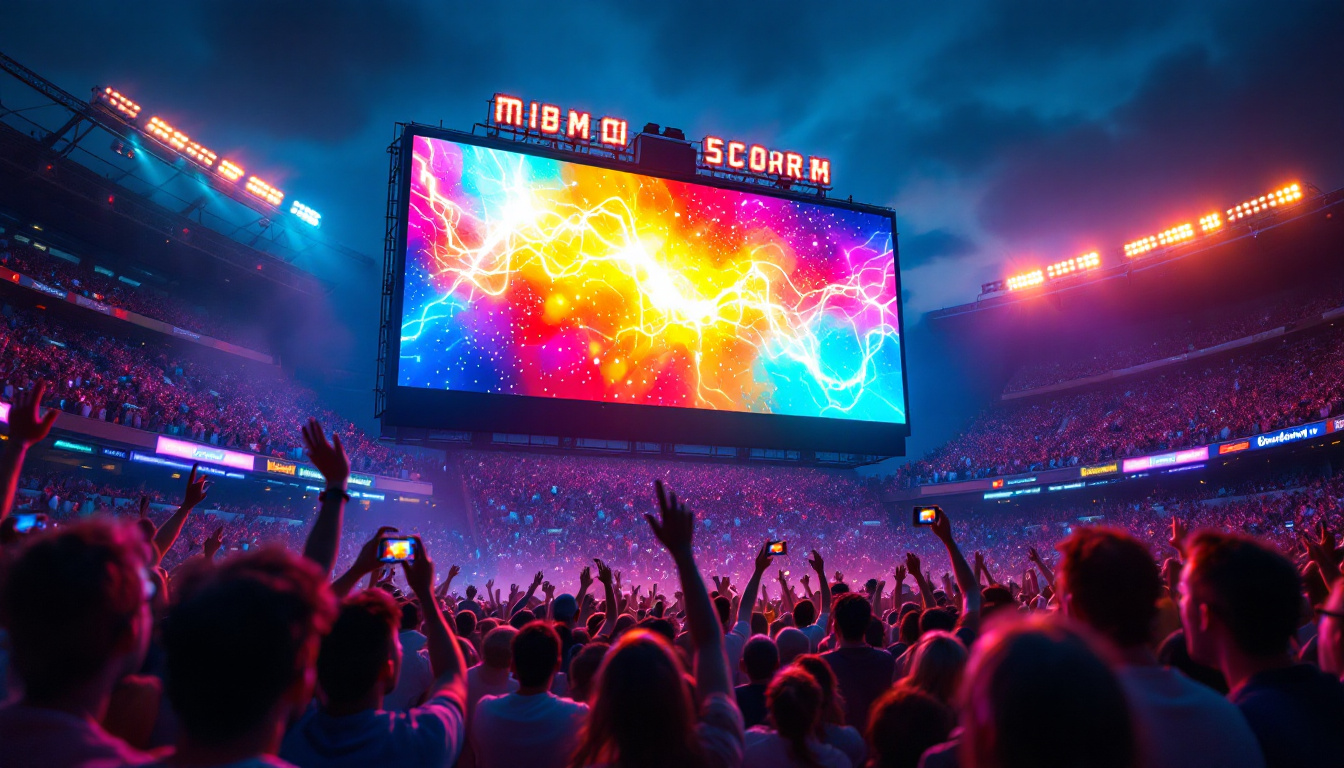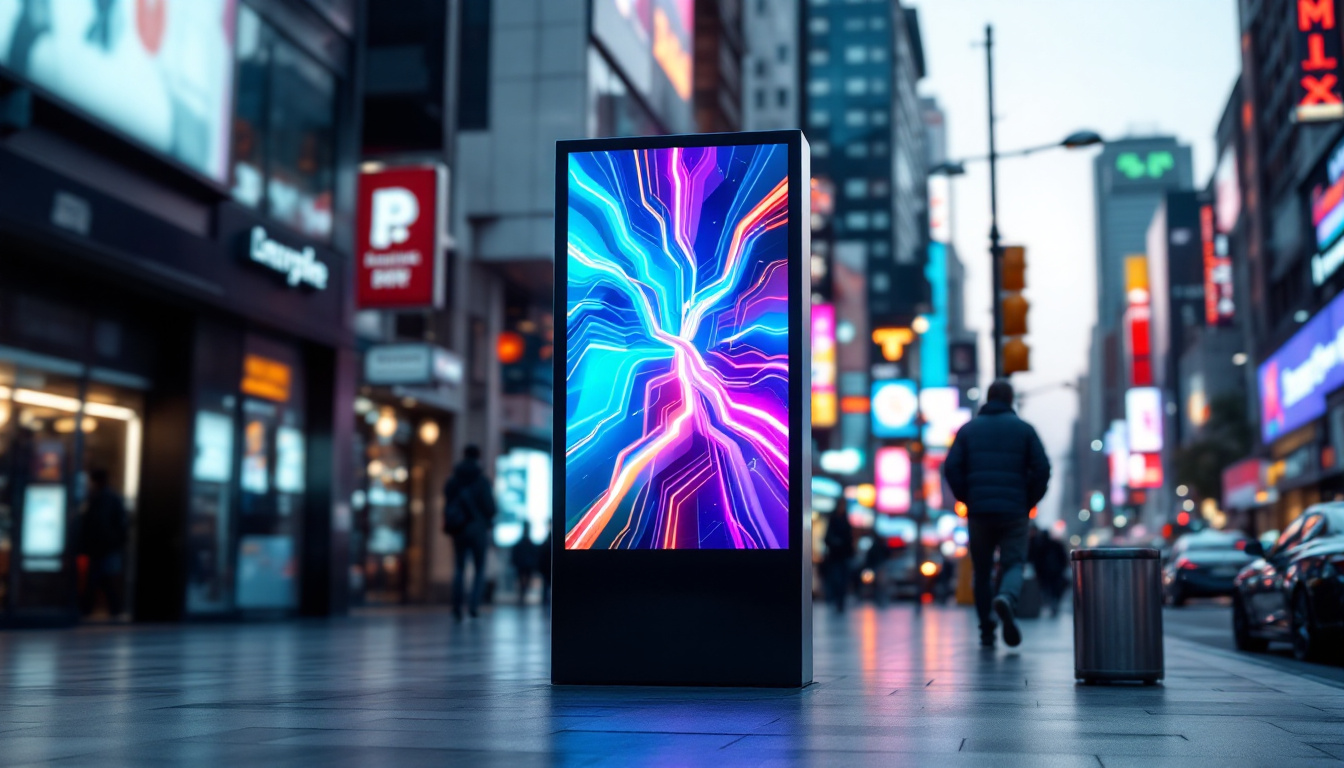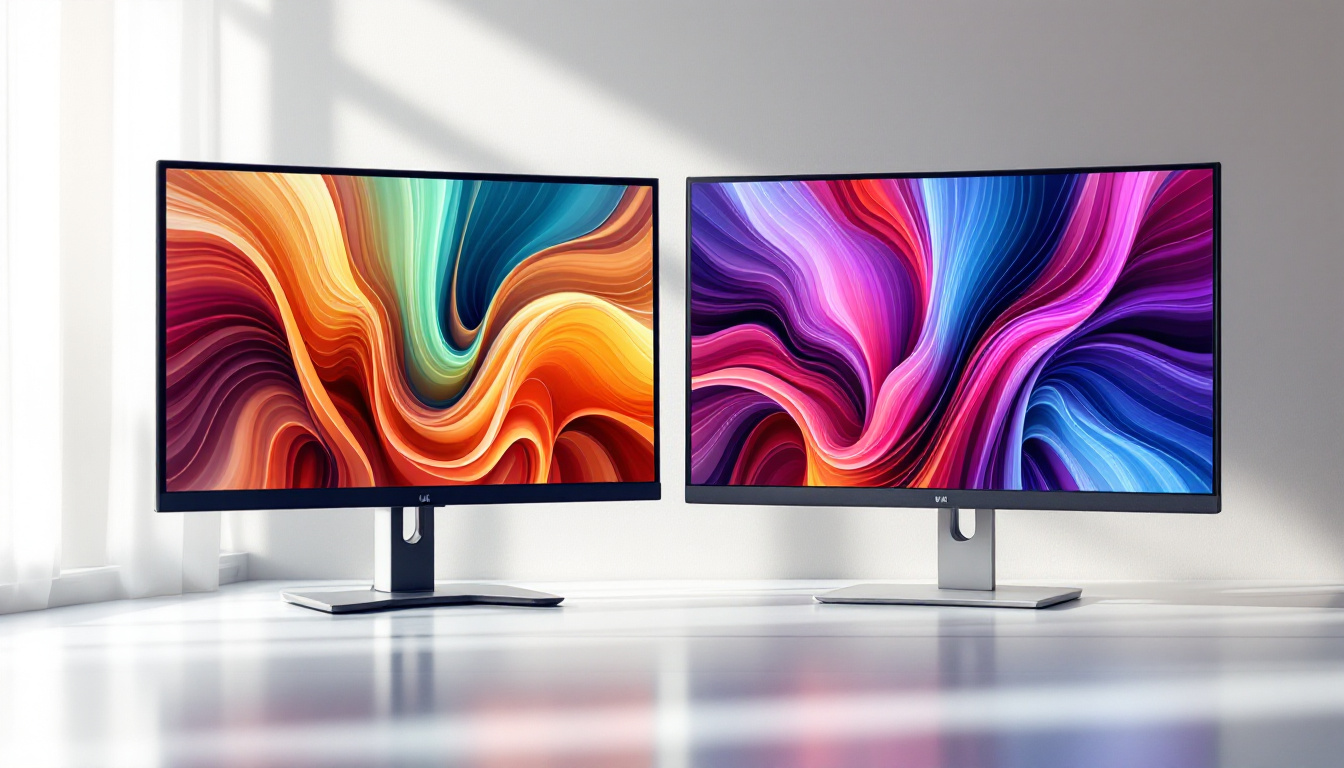In today’s fast-paced digital world, the need for portable technology has never been more critical. Touchscreen monitors have emerged as a popular choice for professionals and casual users alike, offering a combination of functionality and convenience. This article delves into the intricacies of portable touchscreen monitors, particularly focusing on LED displays, their benefits, and how they can enhance user experience.
Understanding Touchscreen Monitors
Touchscreen monitors are devices that allow users to interact with a computer or other devices through touch, rather than relying solely on a keyboard and mouse. This intuitive method of interaction has revolutionized the way users engage with technology, making it more accessible and efficient. The evolution of touchscreen technology has paved the way for a myriad of applications, from simple point-of-sale systems to complex interactive displays in museums and exhibitions, showcasing the versatility and adaptability of this technology in various fields.
Types of Touchscreen Technology
There are several types of touchscreen technologies available, each with its unique features and benefits. The most common types include resistive, capacitive, and optical touchscreens. Resistive touchscreens are known for their affordability and durability, making them suitable for various environments. Capacitive touchscreens, on the other hand, offer a more responsive experience and are commonly found in smartphones and tablets. Optical touchscreens utilize cameras to detect touch and can be used in larger displays. Each technology has its own set of advantages; for instance, resistive screens are ideal for environments where moisture or dirt may be present, while capacitive screens provide a more vibrant display and support multi-touch gestures, enhancing user interaction.
Understanding these technologies is crucial when selecting a portable touchscreen monitor, as each type caters to different user needs and preferences. For instance, a capacitive touchscreen may be ideal for graphic designers who require precision, while a resistive touchscreen might be more suitable for industrial applications. Additionally, the choice of touchscreen technology can impact the overall user experience, influencing factors such as responsiveness, clarity, and durability. As such, it’s essential to consider the specific requirements of the intended use case, whether it be for casual browsing, professional design work, or interactive displays in public spaces.
Benefits of Touchscreen Monitors
The advantages of using touchscreen monitors are numerous. Firstly, they provide a more interactive experience, allowing users to engage directly with content. This can lead to increased productivity, as tasks can be completed more quickly without the need for additional input devices. The tactile feedback of a touchscreen can also enhance learning experiences, particularly in educational settings where students can manipulate digital content directly, fostering a more engaging and hands-on approach to learning.
Moreover, touchscreen monitors are often more compact and lightweight than traditional monitors, making them an excellent choice for those on the go. Their versatility allows them to be used in various settings, from classrooms to corporate offices, enhancing collaboration and communication. In retail environments, touchscreen monitors can streamline customer interactions, allowing for quick access to product information and facilitating a smoother checkout process. Furthermore, as technology continues to advance, features such as gesture recognition and voice commands are being integrated into touchscreen systems, further enhancing their functionality and user-friendliness, making them an increasingly integral part of our daily interactions with technology.
Exploring LED Display Technology
Light Emitting Diode (LED) technology has become the standard for modern displays, including portable touchscreen monitors. LED displays offer several advantages over traditional LCD screens, making them a preferred choice for many users.
Advantages of LED Displays
One of the primary benefits of LED displays is their superior brightness and color accuracy. This results in vibrant images and videos, making them ideal for graphic design, gaming, and multimedia consumption. Additionally, LED displays consume less power compared to their LCD counterparts, contributing to longer battery life in portable devices.
Furthermore, LED displays are thinner and lighter, which enhances the portability of touchscreen monitors. This is particularly advantageous for users who frequently travel or work in various locations, as it allows them to carry their devices with ease. The lightweight nature of LED technology also means that manufacturers can design sleeker devices that are not only functional but also aesthetically pleasing, appealing to consumers who value style alongside performance.
Moreover, LED displays are known for their durability and longevity. Unlike traditional screens, which can suffer from issues like burn-in or fading over time, LED technology is more resilient to these problems. This reliability makes LED displays an excellent investment for both personal and professional use, as users can expect a consistent performance over the lifespan of the device.
How LED Displays Work
LED displays function by using a series of tiny light-emitting diodes to create images. These diodes emit light when an electric current passes through them, resulting in a bright and clear display. The technology can be further categorized into two types: edge-lit and backlit. Edge-lit displays use LEDs positioned around the screen’s edges, while backlit displays have LEDs spread across the entire panel, providing more uniform brightness.
This technology not only enhances visual quality but also allows for thinner designs, making it an ideal choice for portable monitors. The advancements in LED technology continue to evolve, promising even better performance and efficiency in the future. For instance, the introduction of organic light-emitting diodes (OLED) represents a significant leap forward, offering deeper blacks and a wider color gamut, which further enhances the viewing experience. As manufacturers explore these new frontiers, we can expect to see even more innovative applications of LED technology, potentially transforming how we interact with screens in our daily lives.
Choosing the Right Portable Touchscreen Monitor
When selecting a portable touchscreen monitor, several factors should be considered to ensure it meets specific needs. Understanding these factors can help users make informed decisions and enhance their overall experience.
Screen Size and Resolution
The screen size and resolution of a portable touchscreen monitor play a significant role in usability. Larger screens provide more workspace, which can be beneficial for multitasking and detailed work, while higher resolutions ensure clearer and sharper images. Users should assess their primary use cases to determine the optimal screen size and resolution for their needs.
For instance, graphic designers may prefer a larger monitor with high resolution for precise work, while casual users may find a smaller screen sufficient for basic tasks like browsing and streaming.
Connectivity Options
Connectivity is another crucial aspect to consider. A portable touchscreen monitor should offer multiple connectivity options, such as HDMI, USB-C, and DisplayPort, to ensure compatibility with various devices. Additionally, wireless connectivity options like Bluetooth and Wi-Fi can enhance flexibility, allowing users to connect their monitors without cumbersome cables.
Having diverse connectivity options ensures that the monitor can be easily integrated into any setup, whether at home, in the office, or on the go.
Applications of Portable Touchscreen Monitors
Portable touchscreen monitors have a wide range of applications across various industries. Their versatility makes them suitable for numerous settings, enhancing productivity and user experience.
Education and Training
In educational environments, portable touchscreen monitors can facilitate interactive learning experiences. Teachers can use these devices to present lessons, engage students in discussions, and provide hands-on training. The ability to annotate and interact with content directly on the screen encourages participation and enhances retention.
Moreover, in training programs, portable monitors can be used to simulate real-world scenarios, allowing trainees to practice skills in a controlled environment. This hands-on approach can significantly improve learning outcomes.
Business and Presentations
In the corporate world, portable touchscreen monitors are invaluable tools for presentations and meetings. They allow presenters to showcase information dynamically, enabling real-time interaction with the audience. This can lead to more engaging discussions and better retention of information.
Additionally, these monitors can be used for collaborative work, allowing multiple users to interact with the screen simultaneously. This feature is particularly beneficial in brainstorming sessions and team projects, where input from various members is essential.
Future Trends in Touchscreen Monitor Technology
The future of portable touchscreen monitors is bright, with several emerging trends poised to reshape the landscape. As technology continues to evolve, users can expect enhancements in performance, functionality, and design.
Advancements in Display Technology
Future advancements in display technology, such as OLED and MicroLED, promise to deliver even better visual experiences. These technologies offer improved color accuracy, contrast ratios, and energy efficiency, making them ideal for portable devices. As these technologies become more accessible, users can look forward to even more vibrant and immersive displays.
Moreover, the integration of augmented reality (AR) and virtual reality (VR) capabilities into touchscreen monitors could revolutionize how users interact with digital content. This could open up new possibilities for gaming, design, and education, creating more engaging and interactive experiences.
Increased Integration with AI
Artificial intelligence (AI) is set to play a significant role in the future of touchscreen monitors. AI-powered features, such as gesture recognition and voice control, can enhance usability and accessibility. These advancements can make it easier for users to interact with their devices, allowing for a more seamless experience.
Additionally, AI can be utilized to optimize display settings based on user preferences and environmental conditions, further enhancing the overall experience.
Conclusion
Portable touchscreen monitors with LED displays represent a significant advancement in technology, offering users a blend of functionality, portability, and interactivity. Understanding the various types of touchscreen technology, the advantages of LED displays, and how to choose the right monitor can empower users to make informed decisions that enhance their productivity and enjoyment.
As technology continues to evolve, the future of portable touchscreen monitors looks promising, with advancements in display technology and AI integration set to reshape the user experience. Whether for education, business, or personal use, these devices are poised to become indispensable tools in the digital age.
Discover LumenMatrix’s Advanced LED Displays
Ready to elevate your visual experience with the latest in LED display technology? Look no further than LumenMatrix, a pioneer in crafting immersive LED display modules tailored for a variety of applications. From vibrant Indoor LED Walls to dynamic Vehicle LED Displays, and from sleek LED Posters to interactive Floor LED Displays, LumenMatrix offers a comprehensive range of solutions designed to captivate and engage. Embrace the future of portable touchscreen monitors and discover how LumenMatrix’s innovative LED solutions can transform your visual communication. Check out LumenMatrix LED Display Solutions today and step into a world of unparalleled clarity and impact.

